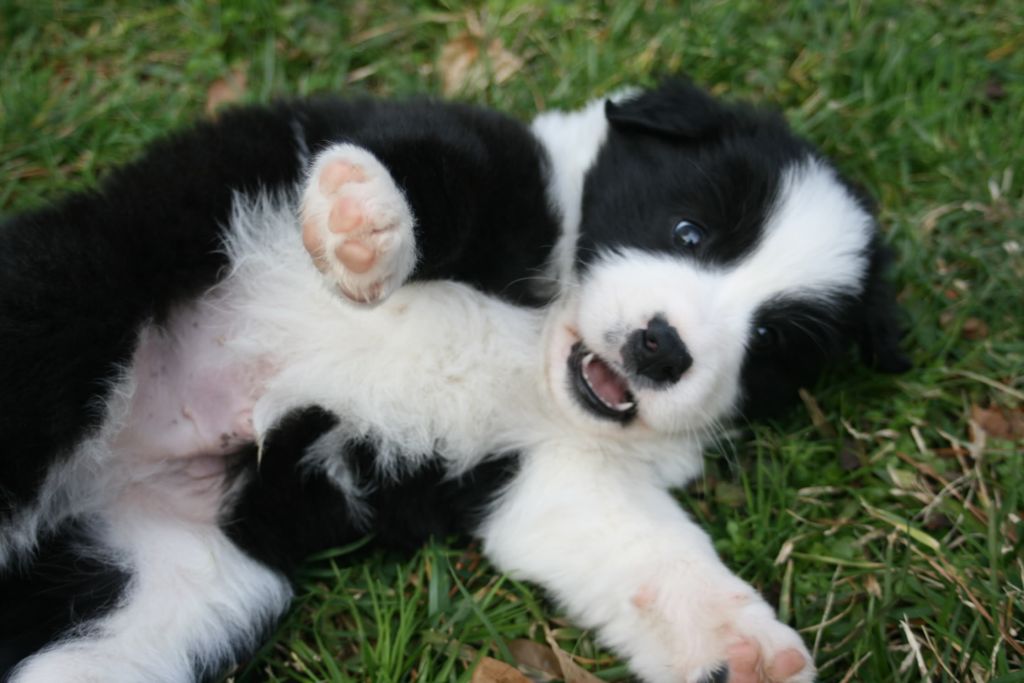Why We Love Tug
Tug is a classic interactive game to play with your dog. Most dogs love it and instinctively know how to play. In fact, they may even engage you to play by throwing a toy in your lap. So, why are there so many opinions about playing tug?
You may have heard that playing tug can cause your dog to be aggressive. You may have been warned that it will send your dog “over threshold,” as if it is a place from which there is no return! The truth is that we can use these games to teach your dog that good things come to those who wait, politely. Playing tug and chase games can offer additional benefits, when done in a controlled and positive manner.
Benefits of Playing Tug Games with your Dog
- Bonding: Tug games help strengthen the bond between you and your dog. It’s an interactive and engaging activity that allows you to spend quality time together.
- Physical Exercise: Tugging provides a physical workout for your dog’s muscles and can help maintain their overall health. It’s especially beneficial for dogs with high energy levels.
- Mental Enrichment: These games tap into their natural instincts, such as the prey drive and the urge to pull and wrestle. Dogs must use their problem-solving skills as they strategize how to win the game. (And it’s ok if they win!)
- Teeth and Gum Health: Gentle tugging can act as a form of dental care by helping to remove plaque and tartar buildup. However, you should ensure that the game is controlled to avoid excessive strain on your dog’s teeth or neck.
- Training: Playing tug can be incorporated into your dog’s training routine. These games can help improve your dog’s self-control and responsiveness to cues. In fact, tug games give you a built-in way to teach cues like “drop it” or “leave it.”
- Confidence Building: Successfully tugging and winning can boost your dog’s confidence and sense of accomplishment.
- Stress Relief: Tugging can help release pent-up energy and reduce stress in dogs, potentially reducing undesirable behaviors that result from boredom or excess energy.
Why do dogs love tug and chase games so much?
According to most scientists and modern dog trainers, tug games mimic very important instinctive behavior. Tugging on a toy is much like pulling a prey animal from a burrow or winning a carcass from another dog. Dogs, like all creatures, require species-typical activities to stay happy and balanced. This doesn’t mean your dog sees you as competition or prey! It’s just hardwired behavior that no longer serves domesticated dogs. We can give it a different function!
Rules of the Game
It’s important to follow some guidelines
- Choose the right toy: Always use a designated tug toy that’s sturdy and safe for your dog to play with. Choose a toy long enough for you to stand up while playing, keeping dog teeth at one end and your hands at the other. It needs to be narrow enough for your dog to grab it easily. Not all toys, and certainly not socks, are tug toys. Avoid using items that could splinter or harm their teeth. Braided fleece makes an excellent tug.
- Have a couple of special tug toys which are put away when not being used: The only time your dog gets to play with the tug is when you are at the other end of it. This makes it a very special game!
- Health considerations: If your dog has existing dental issues or other health concerns, consult with your veterinarian before engaging in tug of war.
- Always tug from side to side, not up and down: The up and down movement can cause injury to your dog’s neck.
- It’s not for every dog: If your dog becomes easily over-excited, shorten the sessions and add settling exercises. And, if the game overstimulates your dog to the point that they can’t calm down after, it isn’t a good fit for your dog. These games should be enriching and fun. If they are not, don’t play them with your dog.
Let’s get started!
- Start low and slow. When playing, always keep the tug toy low on the floor to prevent your dog from jumping up or grabbing your hand or sleeve.
- Tug starts on cue. Your dog must sit or lie down, look at you, leave the toy alone, and wait for an invitation to play tug. The tug game doesn’t start until you say it starts. I use “Gittit!”
- Let your dog interact with the toy the way it was intended: chase and catch for a flirt pole, tug for a tug toy. Wiggle and jerk it around on the floor, simulating a small critter’s actions. How does a bunny move? Do that.
- Encourage your dog to have fun. Pull just enough to get them pulling back, and if they let go, start again. Growling may be part of the game for your dog and that’s normal.
- Teach your dog boundaries. When you’re ready, relax your tugging so the toy goes limp. Hold a treat to your dog’s nose and say “Drop It.” Give your dog the treat in exchange for the toy. When they give it up, put it behind your back so your dog can concentrate. Ask your dog to “Wait” until you invite more play. Bring the tug out from behind your back; if your dog tries to grab it, it goes behind your back. Repeat until your dog is interested but is not jumping or grabbing, then say your tug cue (Gittit!). Your dog will learn that they only get the toy when cued. This is to protect small children carrying toys.
- Dog teeth on human skin ends the game. If dog teeth make contact with human skin, accident or not, immediately drop the toy and walk away. Most dogs find the tug toy boring if you’re not attached to it.
- That’s it! It doesn’t matter who initiates play or who wins. The most important thing is having fun with your dog!
Ready to Train Smarter (Not Harder)?
Dog training with Good Human Dog Training gives you more than just a polite pup; it gives you peace of mind. Whether you’re wrangling a wild puppy, managing reactivity, or just tired of being dragged down the block, we’ve got a plan for you.
Let’s make training click for both of you.
Schedule Services



